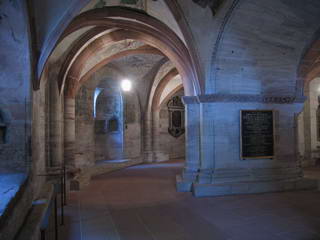NCCR-MICS Smart Buildings
Two use cases: (i) Automation and control of future buildings (economically motiveted) and (ii) diagnosis of "sick" buidlings (technologically motivated).
Smart Buildings - Scenario
Fixed infrastructure, semi-mobile (installed for longer periods of time) and mobile sensors and actors.
Questions:
- Is an ad-hoc network required or can we go with infrastructure?
- How many sensors in which location?
- Callibration and validation
Environmental Sensors for Building Applications
Temperature, humidity, light, barometric pressure are uncritical, many solutions exist today and are available as low power devices.
Oxygen
O2 - High concentration, difficult to measure
Carbon Dioxide
CO2 - Killer app for HVAC, paradigm change in todays HVAC systems: not just moving all air with general vents all the time, but removing at distinct spots at distinct times (exchange on demand) - energy/cost - if pipes can be made smaller, you can build 9 floors in the space of 8 etc.
C02 is typically hard to sense since it is not a reactive gas. There are different sensors based on electrochemical, NdIR or photoacoustic principles available.
Accuracy: ppm are measured, but fluctuations due to occupancy (people) is rather high.
Air Flow
to be defined.
